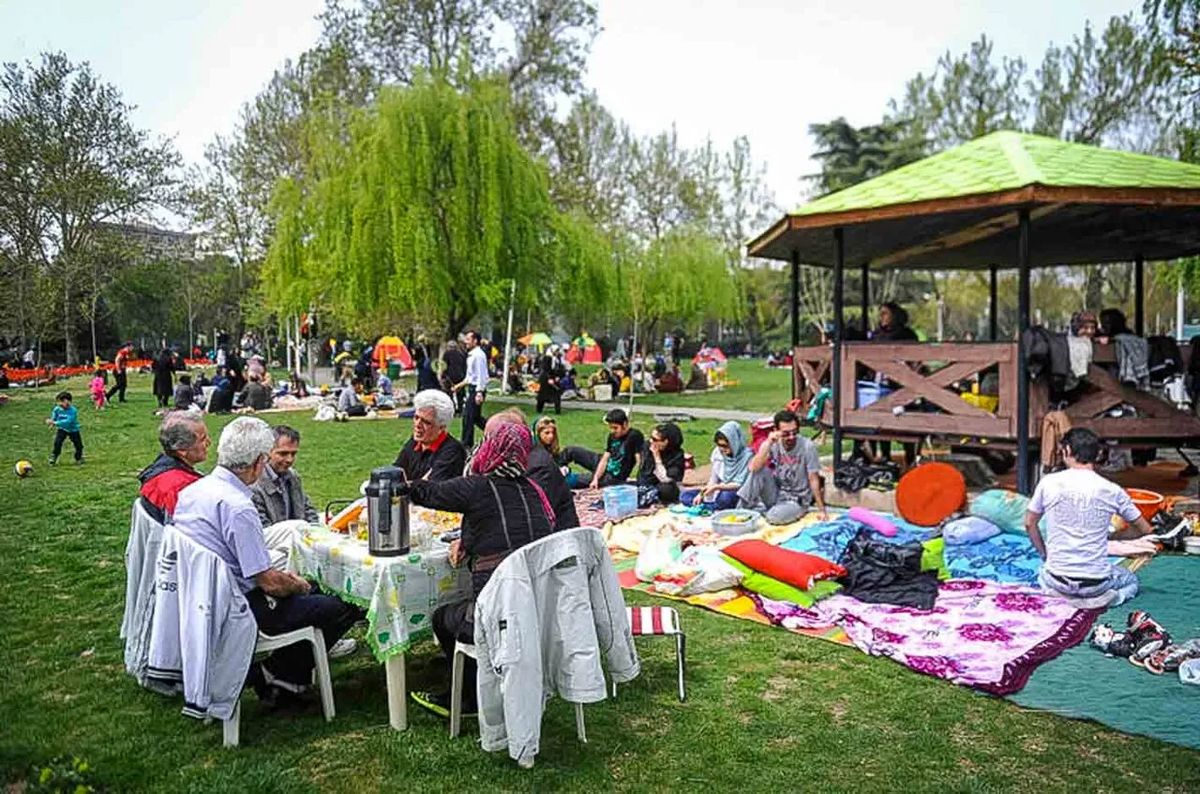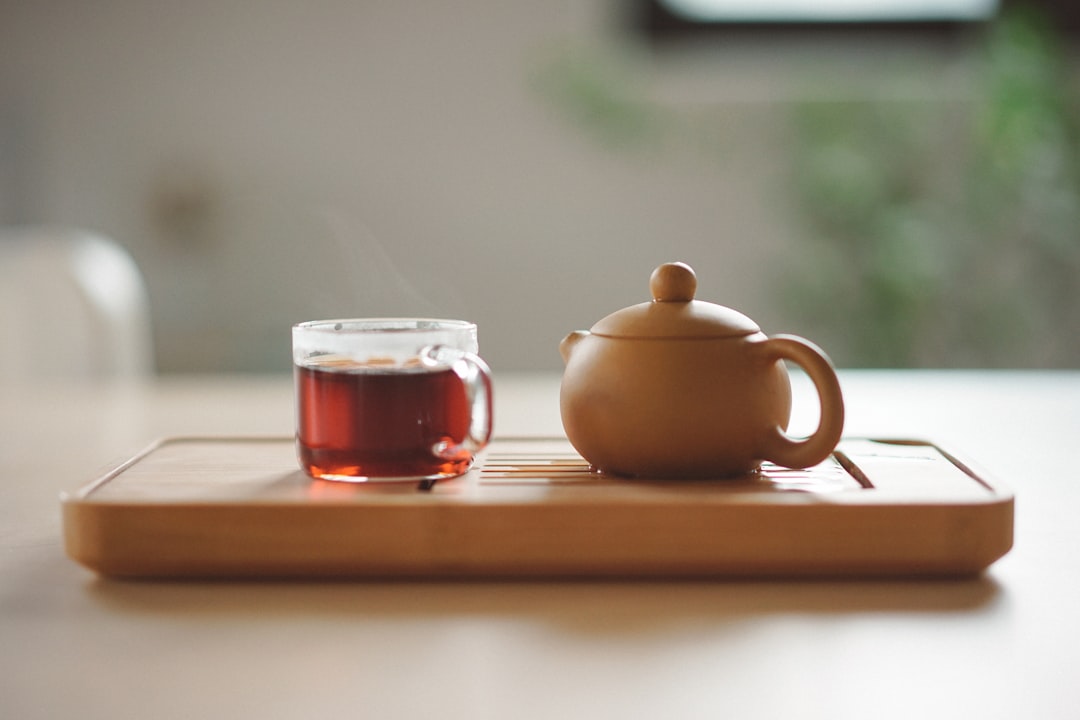Weddings in Iran are much more than a union of two people; they are a grand celebration of family, culture, and history. Persian weddings are deeply rooted in centuries of traditions, blending ancient rituals with modern celebrations to create an unforgettable event. From the colorful Sofreh Aghd to the joyous music and dancing, a Persian wedding is a fusion of customs, symbolism, and love. In this blog post, we’ll take a closer look at the rich traditions that make Persian weddings so unique.
🌸 The Sofreh Aghd: The Heart of the Persian Wedding
One of the most iconic features of a Persian wedding is the Sofreh Aghd (سفره عقد), the ceremonial spread that marks the marriage contract signing. The Sofreh Aghd is a beautiful and symbolic display, usually set up in front of the couple as they exchange vows. It’s not just a feast for the eyes; each item on the spread holds a special meaning and reflects wishes of prosperity, happiness, and good fortune for the newlyweds.
Here are some key items typically found on the Sofreh Aghd:
1. Khayyam (Koran or Holy Book)
A holy book, often the Quran or Bible, is placed at the center of the spread, signifying the couple’s commitment to the divine and their faith in building a life together under God’s guidance.
2. Mirror and Candles
A mirror is placed on the Sofreh to reflect the couple's image, symbolizing their life together. Two candles, often lit by the bride and groom, are positioned on either side of the mirror to represent light and unity.
3. Sugar Cubes (Nabat)
Sugar cubes or nabat are often placed on the Sofreh to symbolize the sweetness of life. During the ceremony, friends and family members gently rub the sugar cubes over the bride and groom’s heads, representing the wish for a sweet and prosperous life ahead.
4. Gold Coins (Sekeh)
Gold coins (sekeh) are a symbol of wealth and prosperity. They are typically placed on the Sofreh to bring financial success and happiness to the couple’s new life together.
5. Pomegranates
Pomegranates are rich in symbolism in Persian culture, representing fertility, abundance, and the continuation of life. Their vibrant color and seeds are a reminder of the blessings the couple is about to receive.
6. Rosewater Sprinkler
The rosewater sprinkler, or Gulab, is used to sprinkle rosewater on the couple during the ceremony, symbolizing purity, beauty, and love.
7. Henna Tray (Nail Polish)
A tray with henna or nail polish is sometimes included, signifying the couple's commitment to maintaining their bond of love. The bride often has her hands painted with henna, creating a delicate and festive atmosphere.
8. Bread and Cheese
Traditionally, bread and cheese are placed on the Sofreh Aghd, symbolizing abundance, sustenance, and prosperity. The bride and groom may share the bread and cheese as a symbolic gesture of sharing their lives together.
🌸 The Wedding Ceremony: A Celebration of Love and Tradition
The actual wedding ceremony is a blend of both ancient Persian rituals and modern practices, creating an experience that feels both timeless and contemporary. Here's an overview of the key moments in a Persian wedding:
1. Aghd (Marriage Contract)
The Aghd is the formal marriage contract in which the couple agrees to unite in matrimony. During this part of the ceremony, the officiant (often a priest or judge) reads the marriage vows, and the couple signs the legal document. It is a deeply emotional and significant moment, as it marks the couple's official commitment to one another.
2. The Blessing
After the contract signing, the newlyweds receive blessings from their family and friends. This is often done through symbolic gestures such as placing the couple’s hands in rosewater or applying sugar on their heads. Family and friends wish the couple good fortune, love, and happiness.
3. The Wedding Dance
Once the formal ceremony is complete, the celebrations begin. Traditional Persian music fills the air, and both the bride and groom join their families in lively, joyful dancing. This is a time for the community to celebrate the couple’s union with joyous Persian dance styles, such as the "Raqs-e-Persian" and "Baba Karam". Music and dance are essential components of Persian weddings, as they symbolize happiness, freedom, and the joy of starting a new chapter in life.
🌸 Pre-Wedding Rituals: Engagement and Mehregan
Before the wedding day, Persian couples typically go through several traditional rituals to celebrate their engagement and strengthen their bond. Engagement ceremonies, also called "Khastegari", are family affairs where the groom’s family formally asks for the bride’s hand in marriage, usually accompanied by the exchange of gifts, such as rings and sweets.
Another important pre-wedding ritual is Mehregan (مهرگان), which celebrates the love and devotion between the bride and groom. It’s a gift-giving occasion in which both families exchange tokens of affection, including gold, jewelry, and other valuable gifts, as well as well-wishes for the couple’s future together.
🌸 The Reception: A Feast of Joy and Luxury
The wedding reception is a time for the couple to celebrate with their extended family and friends, often hosted at a luxurious venue. The banquet table is usually adorned with a lavish array of Persian delicacies, including:
-
Fesenjan (a rich stew with pomegranate and walnuts)
-
Kebabs (juicy skewers of lamb, chicken, or beef)
-
Sabzi Polo (herbed rice with fish)
-
Baklava and other sweet pastries
Guests are treated to a lavish feast, and the evening is filled with music, dancing, and heartfelt speeches. It's not just a meal—it’s a celebration of life, love, and togetherness.
🌸 The Symbolism of Persian Weddings
At the heart of Persian wedding traditions is symbolism. Each aspect of the ceremony—from the Sofreh Aghd to the wedding dance—carries deep meanings related to love, commitment, unity, and the promise of a prosperous future together. Persian weddings are an opportunity for the community to come together, offer blessings, and celebrate life’s most important milestone: the union of two souls.
The family plays a crucial role in Persian weddings, and the ceremonies are designed to create a strong sense of unity, as marriage is seen as a bond that extends beyond the couple to include their families and communities. Whether it’s the Sofreh Aghd, the wedding dance, or the delicious banquet, every detail has a deeper connection to Persian culture and values.
🌸 Conclusion: A Celebration of Love and Legacy
Persian weddings are an extraordinary blend of cultural richness, family unity, and ancient traditions. Every moment—from the Sofreh Aghd to the joyous celebrations that follow—is imbued with meaning and beauty. They reflect not only the love between the bride and groom but also the deep sense of history, heritage, and spiritual connection that defines Persian culture.
For those lucky enough to experience a Persian wedding, it is a reminder of the timeless power of love and the profound importance of community. From the exchange of vows to the lively music and dancing, Persian weddings are a spectacular celebration of life, unity, and the sacred bond of marriage.





